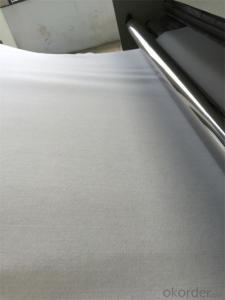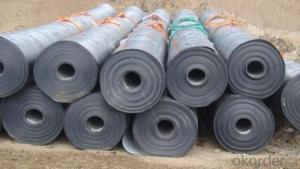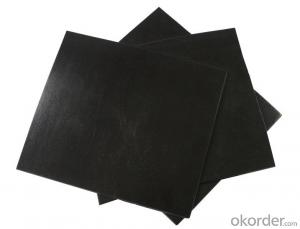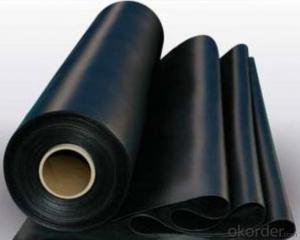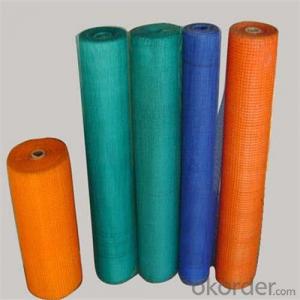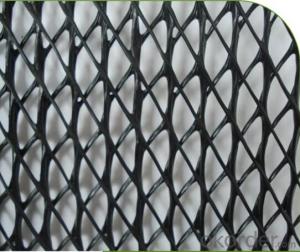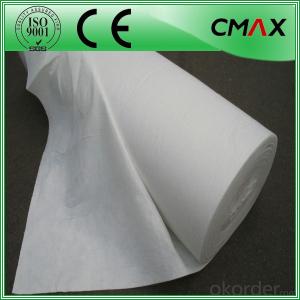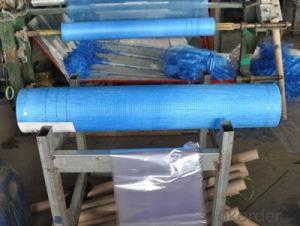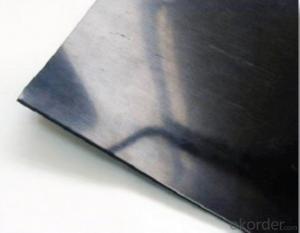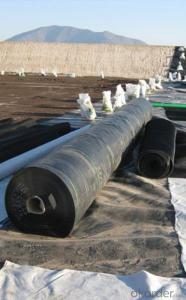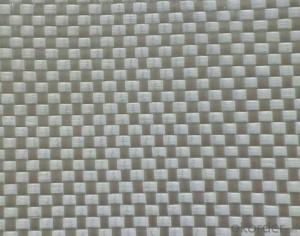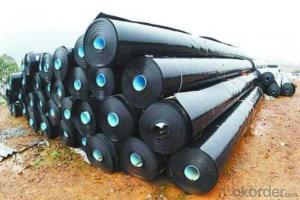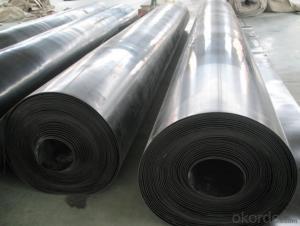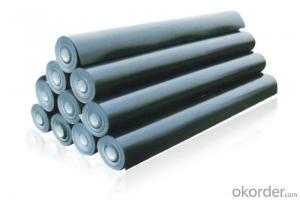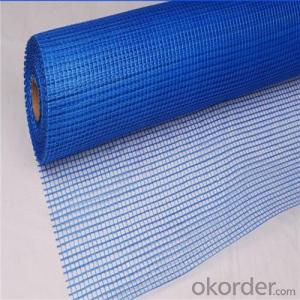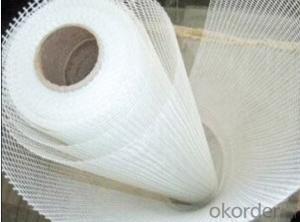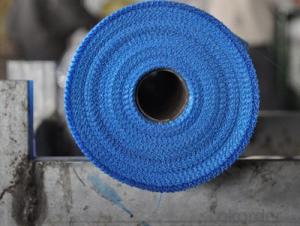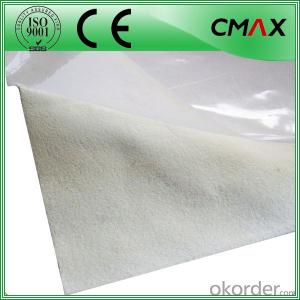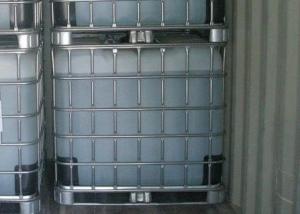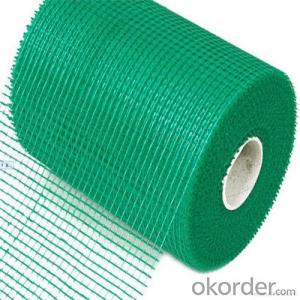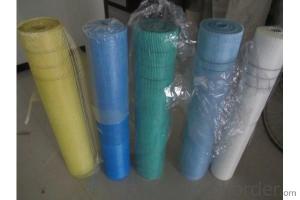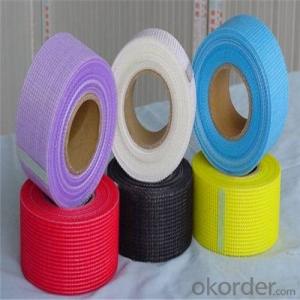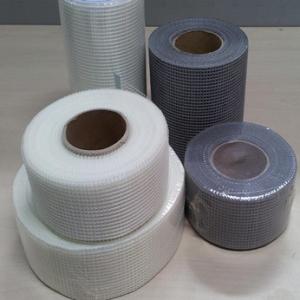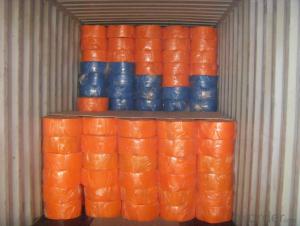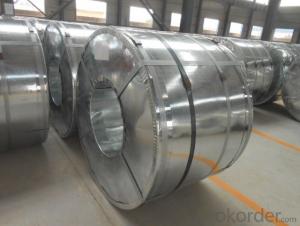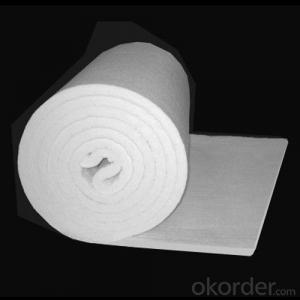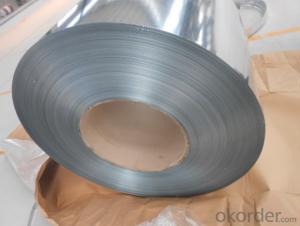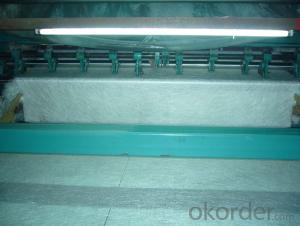Geomembrana Precio M2
Geomembrana Precio M2 Related Searches
Geomembrana De Pvc Precio Geomembrana Pvc Precio Geomembrana Hdpe 1 Mm Precio Geomembrana De 1 Mm Precio Precio Geomembrana Hdpe 1.5 Mm Geomembrana De Hdpe Geomembrana Hdpe 2mm Pegamento Para Geomembrana Hdpe Hdpe Geomembrana Geomembrana 1.5 Mm PrecioHot Searches
Bidim Geotextile Price Geotextile Membrane Suppliers Terratex Nonwoven Geotextiles Aluminum Flat Bar Stock Near Me Geomembrana Home Depot Wholesale Hdpe Geomembrana Tanque De Geomembrana Tanques De Geomembrana Tanques De Geomembrana PreciosGeomembrana Precio M2 Supplier & Manufacturer from China
Okorder.com is a professional Geomembrana Precio M2 supplier & manufacturer, offers integrated one-stop services including real-time quoting and online cargo tracking. We are funded by CNBM Group, a Fortune 500 enterprise and the largest Geomembrana Precio M2 firm in China.Hot Products
FAQ
- Stainless steel sheets are indeed a suitable option for heat transfer equipment. The reason lies in the remarkable thermal conductivity properties of stainless steel, enabling it to effectively transfer heat between different mediums. Its ability to endure high temperatures without warping or deforming makes it particularly well-suited for heat transfer applications. Moreover, stainless steel's resistance to corrosion guarantees the equipment's durability and longevity. Additionally, its hygienic qualities make it a fitting choice for industries such as food and pharmaceuticals, where cleanliness is of utmost importance. In conclusion, stainless steel sheets are a dependable and efficient selection for heat transfer equipment.
- Yes, stainless steel sheets can be used for airport terminals. Stainless steel is a durable and corrosion-resistant material, making it suitable for high-traffic areas like airport terminals where there is a constant flow of people. Stainless steel sheets can be used for various applications in terminals, including wall claddings, countertops, handrails, and signage, adding a modern and sleek aesthetic to the overall design.
- Yes, stainless steel sheets are highly resistant to saltwater corrosion. Stainless steel is known for its exceptional corrosion resistance, making it an ideal material for applications exposed to saltwater environments. The chromium content in stainless steel forms a protective oxide layer on the surface, which acts as a barrier against corrosion. This oxide layer prevents the steel from coming into direct contact with saltwater, thereby reducing the risk of corrosion. Additionally, stainless steel grades such as 316 and 316L are specifically designed to offer better resistance to saltwater corrosion, making them even more suitable for marine applications. Overall, stainless steel sheets are a reliable choice for saltwater environments due to their excellent corrosion resistance properties.
- Is there a big price difference between the SUS304 stainless steel plate and the drawing plate?
- Wire drawing is the surface of a steel processing methods, 304 and 201 steel plates can be processed drawing, the price difference is not very large, it will be more than a processing fee. The steel plate after drawing is more likely to rust than the steel plate on the 2B surface.
- Stainless steel sheets derive from a steel alloy comprising at least 10.5% chromium. By introducing chromium, a passive film forms on the steel's surface, rendering it resistant to corrosion and staining. Besides chromium, stainless steel sheets might incorporate additional elements like nickel, molybdenum, and nitrogen, heightening their mechanical properties and corrosion resistance. The precise composition of stainless steel sheets can fluctuate based on the intended properties and applications.
- Architectural panels can indeed be made from stainless steel sheets, which offer a plethora of benefits. Stainless steel is a remarkably versatile and durable material that is resistant to corrosion, staining, and rust. This makes it an excellent choice for exterior applications, where exposure to harsh weather conditions is expected. Furthermore, stainless steel maintains its appearance over time, ensuring that architectural panels retain their aesthetic appeal for many years. What sets stainless steel apart is its capacity to offer a wide range of design possibilities. It can be fabricated into various shapes and sizes, allowing for the creation of unique and visually captivating architectural panels. Architects and designers can also choose from different finishes, including brushed, polished, or patterned, to achieve the desired look and feel for their projects. Moreover, stainless steel is environmentally friendly due to its full recyclability. By opting for stainless steel sheets for architectural panels, architects and designers can contribute to reducing the environmental impact of construction projects. All in all, stainless steel sheets provide an exceptional combination of strength, aesthetics, and sustainability, making them highly suitable for architectural panels. Whether it be for exterior cladding, interior partitions, or decorative elements, stainless steel offers a durable, versatile, and visually appealing solution for architectural design.
- There are several different edge finishes available for stainless steel sheets, each with its own unique characteristics and applications. 1. Mill Edge: This is the original edge produced during the rolling process at the mill. It has a slightly rough appearance and may contain mill scale or imperfections. Mill edge is suitable for applications where aesthetics are not a major concern, such as industrial or structural use. 2. Sheared Edge: This edge is obtained by shearing or cutting the stainless steel sheet to size. It has a straight, clean-cut appearance and is commonly used in applications where a smooth edge is desired, such as architectural or decorative purposes. 3. Deburred Edge: After the shearing process, the edges of the stainless steel sheet can be deburred to remove any sharp or rough edges. This creates a smooth and safe edge, making it suitable for applications where safety is a concern, such as food processing or medical equipment. 4. Rolled Edge: This edge finish is achieved by rolling the stainless steel sheet, which creates a rounded or curved edge. Rolled edges are often used in applications where safety is important, as they eliminate sharp corners and edges, reducing the risk of injury. 5. Beveled Edge: A beveled edge is created by cutting or grinding an angle onto the edge of the stainless steel sheet. This edge finish is commonly used in architectural or decorative applications, as it offers a stylish and visually appealing appearance. 6. Polished Edge: This edge finish involves polishing the edge of the stainless steel sheet to a smooth and reflective surface. Polished edges are often used in high-end architectural or decorative applications, as they enhance the overall aesthetic appeal of the stainless steel sheet. It is important to choose the appropriate edge finish based on the specific requirements of your application, taking into consideration factors such as aesthetics, functionality, and safety.
